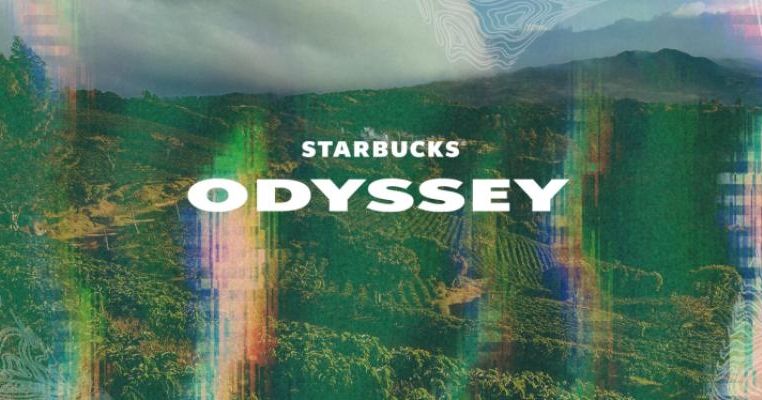Joanna Fantozzi
In September 2022, Starbucks officially revealed Its long -awaited foray into the metavese: Starbucks Odyssey. At the time, NFTS and The Metaverse were the fashionable technological innovation of the moment, companies in many sectors rushing to understand how to take advantage of the popularity of web3, which was promised to be an “internet of the future more immersive. “Eighteen months after unveiling Starbucks Odyssey, the company based in Seattle confirmed that the program – which has been in beta mode for 15 months – will officially end at the end of the month.
“On March 31, 2024, we are going to Sunset Starbucks Odyssey Beta so that we can focus on the future of the program and bring experience to a wider audience,” said a Starbucks spokesman in a statement. “We are impatient to apply our learning in the future of this program and we are grateful to the Odyssey community for their participation in beta experience. We are delighted with what comes next, but we have no details to share on the future of the program at the moment. »»
Although the announcement is not surprising – it’s been a while since metovers and the NFTS captivated the public and motivated technological companies – Starbucks ending the Odyssey in its current form signals the closure of a chapter of the ‘History of restaurant technology.
While the coffee channel was not the first to make from the point of view in the digital web3 marketing capacities – Chipotle First made his debut virtual games on Roblox in 2021 and the Wendyverse has opened its doors April 2022 – The Odyssey project of Starbucks was one of the most publicized metavers that offered some of the most potential long -term digital engagement. The Odyssey project was supposed to go beyond limited digital games and present to a super-user Starbucks to a community of “Siren fans” sharing the same ideas. The digital universe would encourage them to buy and exchange NFTs (renamed in “travel stamps”) and to exchange them for advantages and starbucks experiences, to and including a high -value trip on a coffee farm from Costa Rica.
But since the launch of the beta version at the end of 2022, Starbucks has been relatively silent on Odyssey, and there has been no major announcement during the fifteen months since. Likewise, other highly anticipated NFT innovations have failed in the past year or more, including the wave of Exclusive clubs based on NFT membership And the restaurants and programs that were addressed to the richest corners of Silicon Valley. But last year, Many of these projects have been delayed (Sometimes indefinitely) or quietly canceled as the media threshing for virtual catering experiences has died out.
Although it seems that the shelves of Starbucks Odyssey could be the highlight in the coffin of the Metaverse trend (at least, in the food services sector), the excitement around web3 and NFTS was rooted in the very real needs of the Consumer today: Digital commitment and continuous technological investment.
Although consumers do not necessarily claim to exchange virtual points for the chance to visit a Starbucks coffee farm, they want digital technology to reprimand frictions related to customer experience and make their life easier. Even if it is not as flashy as the unique Odyssey universe, technology such as Starbucks’ numerical order panels (introduced as part of the company’s news Contests of accessible stores), could prove more popular in the long term.
With hindsight, restaurant operators could see the metavese as a momentary and shiny distraction of the reason why their customers visit them regularly: do not play games in a virtual world or exchange digital collectibles, but to order Their favorite foods and drinks as easily and quickly as possible, with a coherent experience each time. Returning from Odyssey, Starbucks has discreetly proven that refocusing digital technology as a customer success tool rather than a fun gadget is crucial.
Contact Joanna to (Protected by e-mail)


